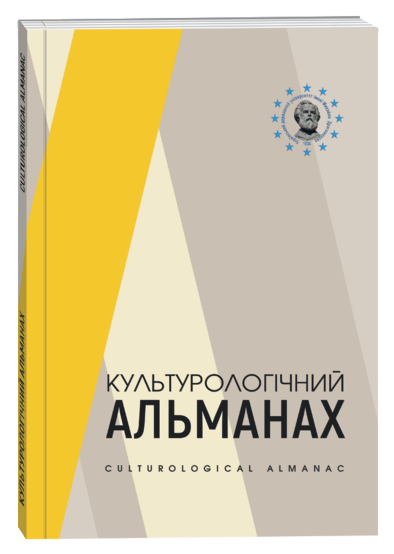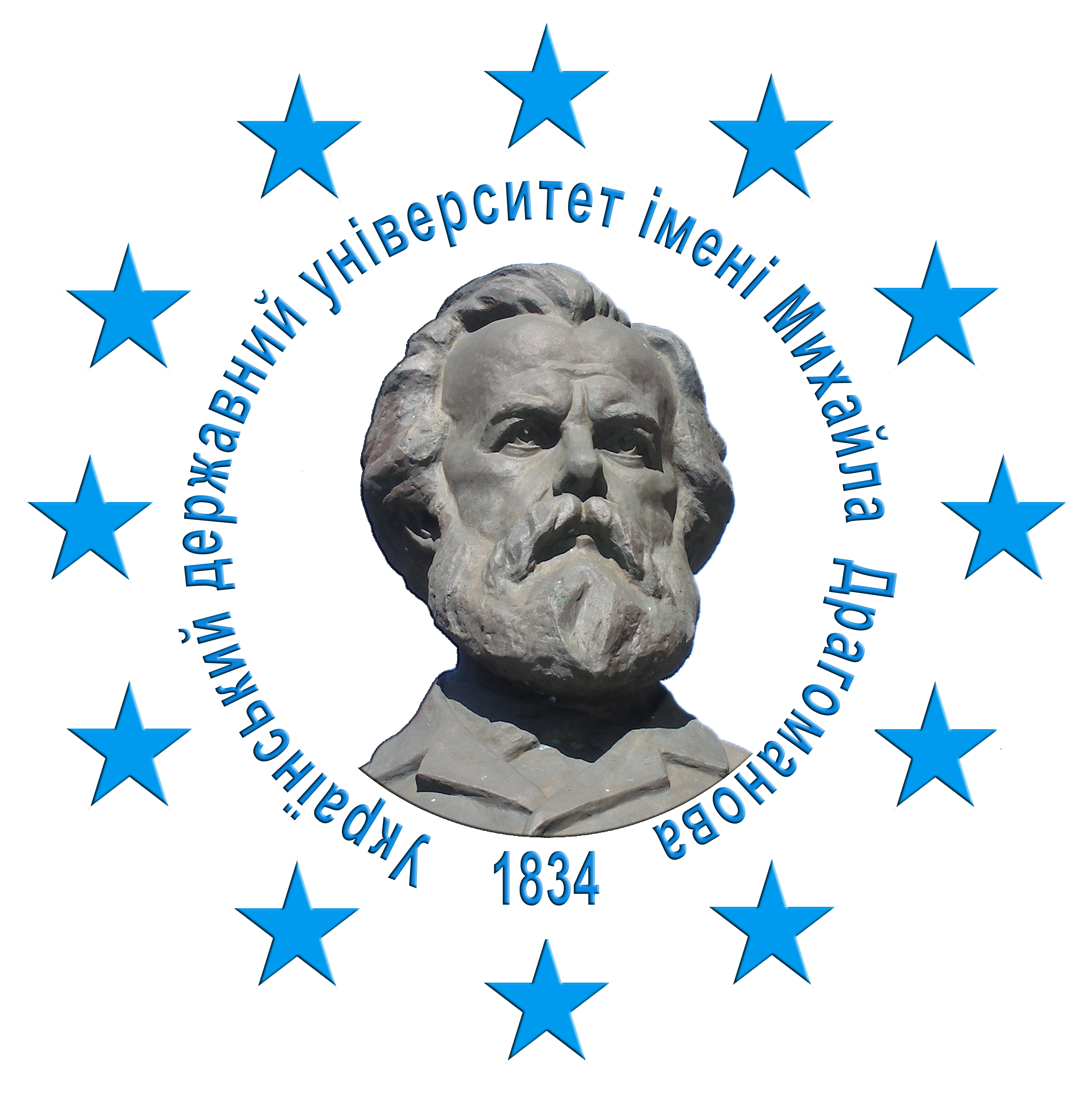SPECIFICATIONS OF WILLIAM TYNDALL’S ENGLISH TRANSLATION OF THE BIBLE
DOI:
https://doi.org/10.31392/cult.alm.2022.3.2Keywords:
Bible, William Tyndall, specificity of English translation, English ReformationAbstract
As a result of this study, it was found that the beginning of the translation of the Holy Scriptures was due not only to external factors affecting the Reformer, but also to his inner world. The approaches of the English reformer William Tyndall and his understanding of replacing the traditional concepts of the Holy Scripture with new terminology and providing recommendations for a better understanding of the processes that took place in the ancient and modern history of Christianity are revealed. A general review of the historical situation and prerequisites for the translation of the English Bible was carried out, which was carried out by the outstanding religious reformer, historian, theologian and translator – William Tyndall. The specificity of the translation, which was not accepted for many contemporaries, is clarified. It has been established that the peculiarity of the translation of the Bible by William Tyndall was the use of the original text as the basis, and not the Vulgate. As a result of the study, it was found that although Tyndall did a translation from the original languages, he did not shy away from using the translations that already existed by that time. So, for example, he used parts of the German translation of Martin Luther, but made some changes in it. It is established that Tyndall himself was an ardent supporter of the translation of the Bible into a national language understandable to ordinary people. It has been established that V. Tyndall offered an original interpretation of the key concepts of the Holy Scriptures, which caused outrage among his contemporaries. The article contains words and expressions acceptable in the Catholic Church, but changed by Tyndall. It was found that Tyndall’s contemporaries believed that the correct translation could only be one that did not contradict the canons of the Catholic Church. It was found that the King James Bible partially repeats the translation of V. Tyndall, in particular, the article contains completely matching places and expressions. Tyndall illegally acquired a copy of Martin Luther’s German translation of the New Testament, which he also used during his work. Tyndale warned the bishop of London of his intention, but the latter did not support this initiative, and the reformer had to move to Hamburg, where in 1524 he was able to continue translating. It is found that the first edition of the Tyndall Bible was published in 1526, and edited editions appeared in 1534 and 1536.
References
Butterworth C. (1941). The literacy lineage of the King James Bible. 1340–1611. Philadelphia : University of Pennsylvania Press; London : Oxford University Press. 394 p.
Daniell D. (1994).William Tyndale: A Biography. New Haven and London : Yale University Press. 429 р.
Kenyon S. F. (1947). The story of the Bible. London : Butler & Tanner Ltd..
Mozley J.F. (1937). William Tyndale. London: Society for promoting Christian knowledge; New York : The Macmillan Co. 364 p.
Records of the English Bible / ed. by A.W. Pollard. Kent : Wm. Dawson & Sons Ltd., 1974.
Thompson C.R. (1963). The Bible in English 1525–1611. New York : Cornell University Press.
Tyndale W. (2009). Obedience of a Christian Man and How Christian Rulers Ought to Govern. Benediction Books. 230 p.
Tyndale W. (1989). Tyndale’s New Testament. A modern-spelling edition of the 1534 translation / Ed. and introduction by David Daniell. New Haven and London : Yale University Press. 429 p.
The New Testament. (1998). The Authorized or King James Version of 1611 / with an Introduction by J. Drury. London : Everyman’s Library. 421 р








